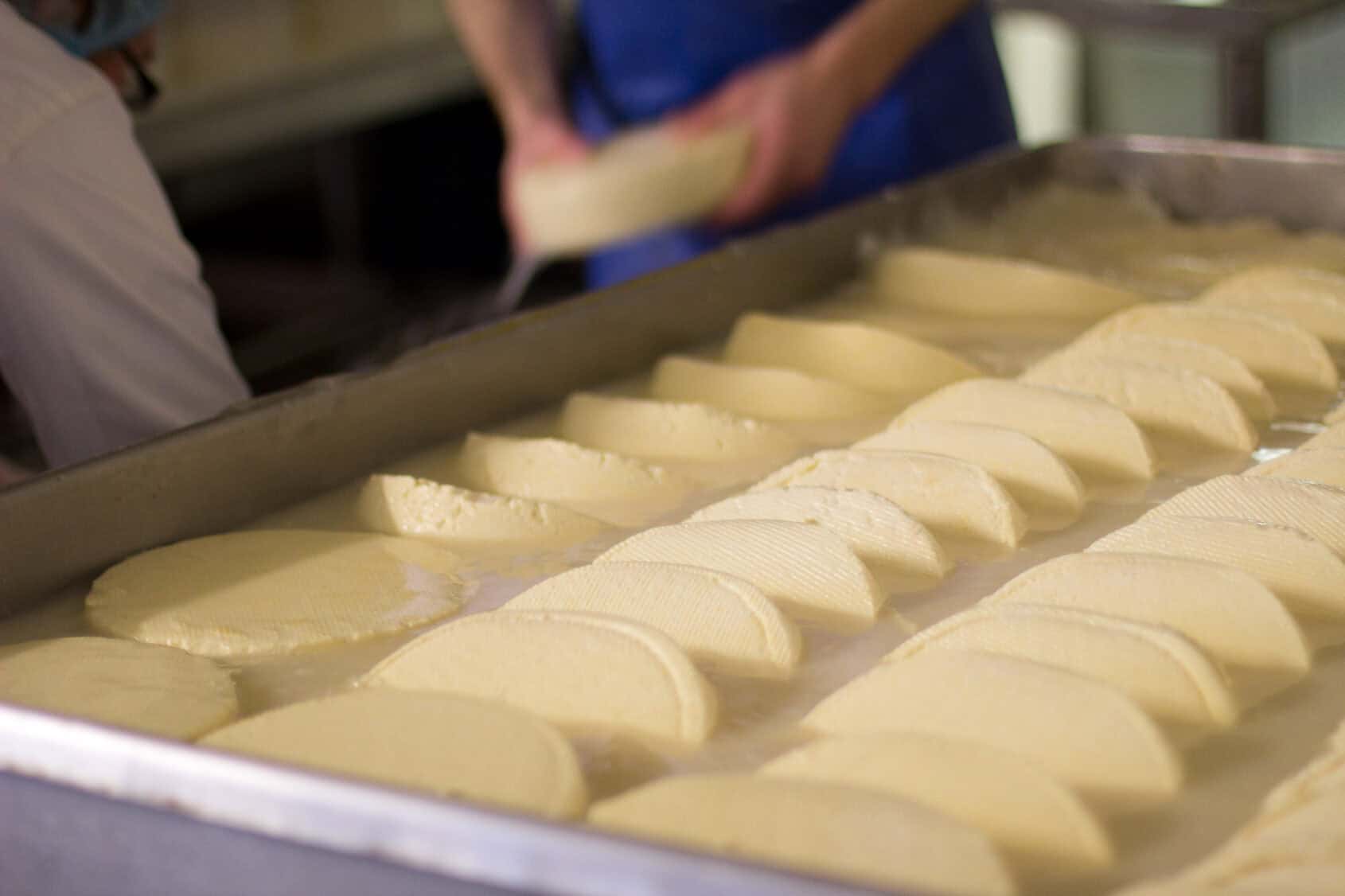Blog
Important How-To’s On Cheese Making Part Two: Salt Brining Cheese
The main reason that cheese makers salt brine their cheese is to slow down or completely stop the bacteria process of converting lactose to lactic acid. A lot of lactose is removed during the process. If cheesemakers were not to salt the cheese, the residual moisture will contain enough lactose to produce more acid than ideal for proper curd ripening. Another reason for salt brining is for the cheese flavor.
The moisture is also pulled from the surface to begin forming the rind of the cheese when it is salted. This also tends to allow many molds to grow.







